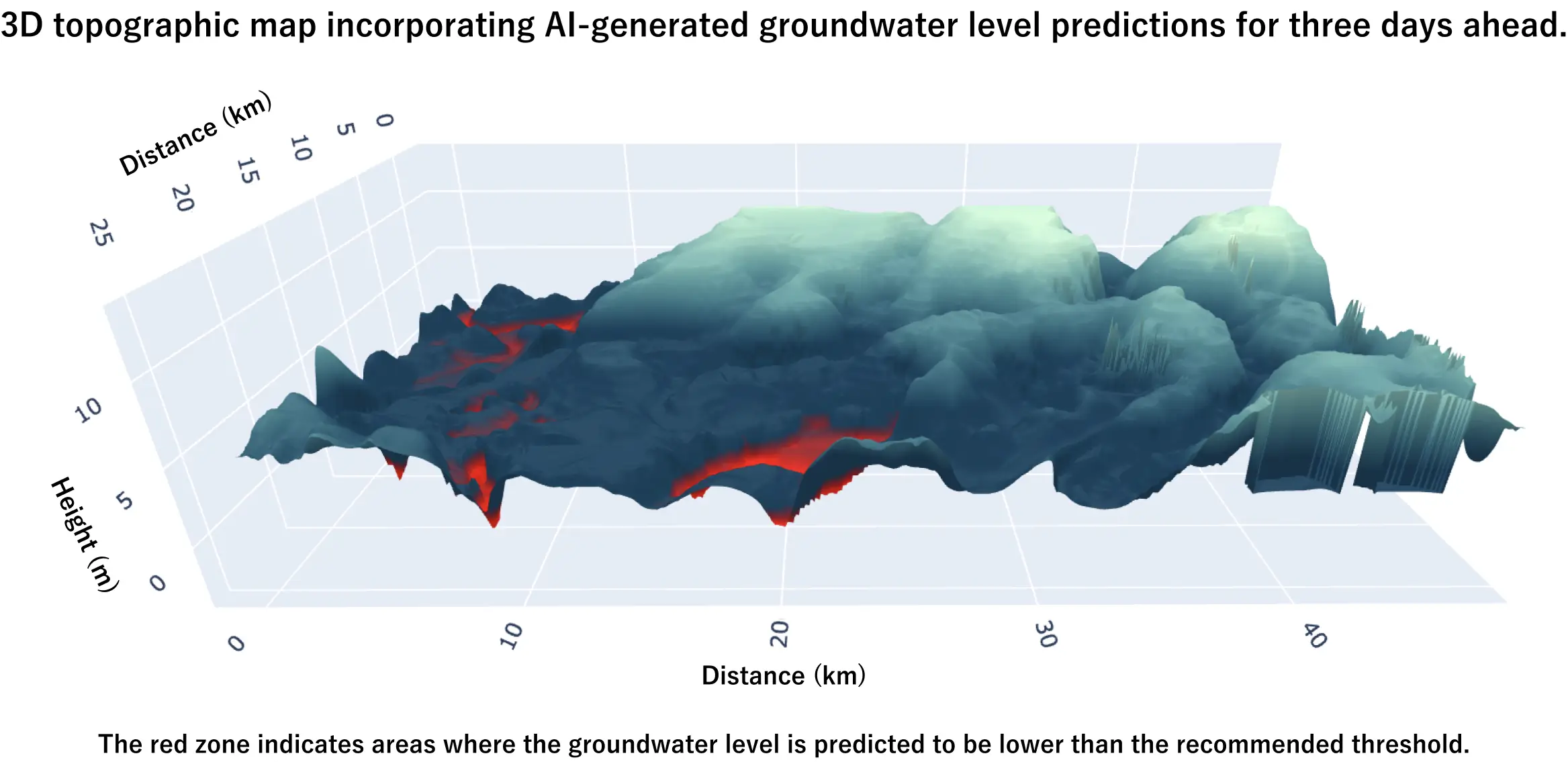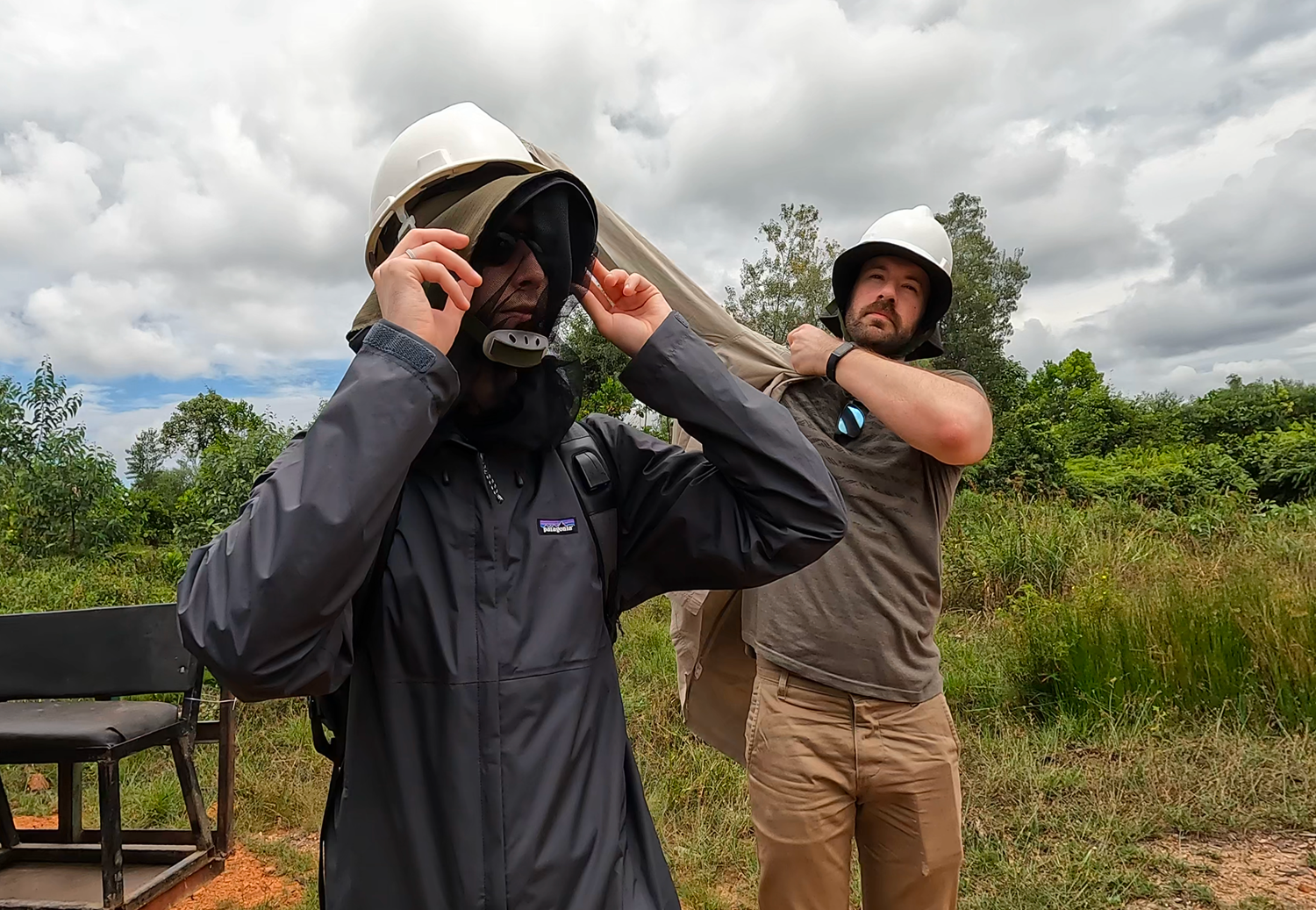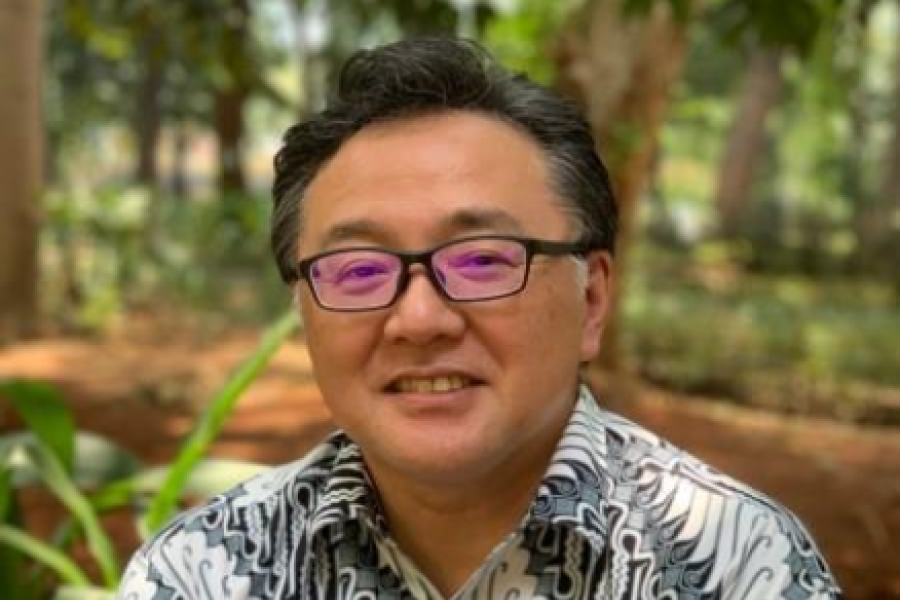NeXT FOREST Corporation., a joint venture between IHI Corporation and Sumitomo Forestry, aims to protect tropical forests in West Kalimantan, Indonesia, through the sustainable management of tropical peatlands—unique ecosystems composed of accumulated organic matter from dead plants.
Tropical peatlands are highly effective carbon sinks, storing twice as much carbon in the soil as all the world’s forests combined. They support the growth of massive trees that form rainforests, sustain diverse ecosystems, and provide habitats for many endangered species, such as the orangutan.
Tropical peatlands are highly sensitive to human activity and climate change, relying on specific environmental conditions to remain stable, particularly proper groundwater levels. When these levels drop too low, peatlands can dry out, becoming highly flammable and susceptible to forest fires, which release vast amounts of stored carbon back into the atmosphere. Additionally, as peat decomposes in drier conditions, it further increases CO2 emissions, contributing to climate change.
One striking example occurred in 2015, when a forest fire in Indonesia burned 2.6 million hectares of forests, releasing approximately 1.3 billion tonnes of CO2 into the atmosphere—more than the annual emissions of many countries. This was a global-scale environmental disaster.
Traditionally, managing water levels in peatlands has involved experienced technicians manually surveying the land and creating detailed topographic and contour maps at 50-centimeter intervals. This labor-intensive process can take up to five years to complete.
To address these challenges, Recursive utilized over 10 years of groundwater data collected by Sumitomo Forestry in the forests of West Kalimantan. By combining this data with expert knowledge on topography, vegetation, waterways, and meteorological conditions, Recursive developed a fully custom AI model from scratch. This model integrates machine learning with physics equations to create a high-resolution mesh map of the area and accurately forecast groundwater levels seven days in advance, with a precision of 6 cm.
The model is designed to predict when groundwater levels approach thresholds associated with potential hazards, enabling stakeholders to take prompt preventive actions. This proactive approach helps reduce peatland degradation and lowers the risk of devastating forest fires.

Following the initial development phase, Recursive’s engineering team visited West Kalimantan, Indonesia, to further enhance the AI model. On-site observations and direct feedback from engineers and workers operating the irrigation system played a crucial role in refining the solution.
This trip will enable the Recursive team to incorporate additional parameters that were previously unavailable or incomplete, such as variations in soil quality based on altitude, data on dam types, and the dynamics of water flow. These improvements in future stages will ensure our solution continues to evolve to meet customers’ needs. Learn more about this trip in our blog post.

Recursive's AI-powered groundwater management solution delivered impactful and measurable results:

“Recursive has a strong track record and excellent engineers. Their knowledge of biophysics, in addition to their engineering perspectives, was a tremendous strength and a great source of reassurance.”